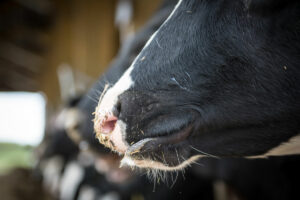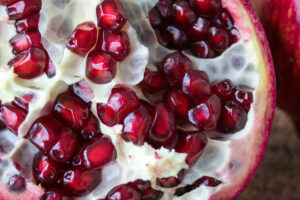Fernando Díaz
Insulin is an anabolic hormone that allows body cells to absorb glucose, amino acids, and fatty acids circulating in the blood and increases the synthesis of fat and protein. At the beginning of lactation insulin levels in blood are very low to support milk production. Moreover, during this period, adipose and muscle tissues reduce their sensitivity to this hormone reducing uptake of glucose to prioritize the use of glucose for milk production in the mammary gland. Thus, insulin concentration and insulin resistance affect milk production and negative energy balance in early lactation cows.
A recent observational study from Cornell University published in Journal of Dairy Science assessed the association of plasma insulin concentration during the postpartum period with milk production and body reserve mobilization of Holstein cows. The researchers (Zinicola and Bicalho, 2019) measured insulin, nonesterified fatty acids (NEFA), and β-hydroxybutyrate levels in blood samples collected in 267 fresh cows from a commercial dairy farm located in Ithaca, New York. Blood samples were collected from the tail within 12 hours (day 0), at 3 days and at 10 days after calving, and cows were classified into low- (range 0.20 to 0.35 ng/mL) or high-plasma insulin (range 0.36 to 1.20) based on their average plasma insulin levels. The authors observed:
- The average plasma insulin concentrations on day 0, 3 and 10 were 0.35, 0,32 and 0.30 ng/mL with 49.8, 50.2, and 50.0% of the cows were identified with low-plasma insulin concentration, respectively.
- Cows with low plasma insulin produced more energy-corrected-milk than cows with high plasma insulin levels at day 0 (40.8 vs. 38.4 kg/d), day 3 (40.0 vs. 39.0 kg/d) and day 10 of lactation (41.0 vs. 38.7 kg/d). Moreover, average milk protein content was greater in high-insulin cows (0.05 – 0.09 percentage units). Butterfat content; however, was not affected by insulin levels.
- Cows with low plasma insulin had higher concentrations of circulating NEFA than high plasma insulin cows at day 0 (0.57 vs. 0.49 mmol/L), day 3 (0.56 vs. 0.49 mmol/L) and day 10 after calving (0.61 vs. 0.55 mmol/L). Interestingly, β-hydroxybutyrate levels did not differ between low and high insulin cows.
- Cows with low insulin levels loss more body condition score (0.12 – 0.15 units) from calving until 35 days in milk.
In conclusion, these findings show that insulin is a critical driver for milk production and body reserve mobilization in early-lactation cows.
Reference
Zinicola, M., and R. C. Bicalho. 2019. Association of peripartum plasma insulin concentration with milk production, colostrum insulin levels, and plasma metabolites of Holstein cows. J. Dairy Sci. 102:1473–1482.









